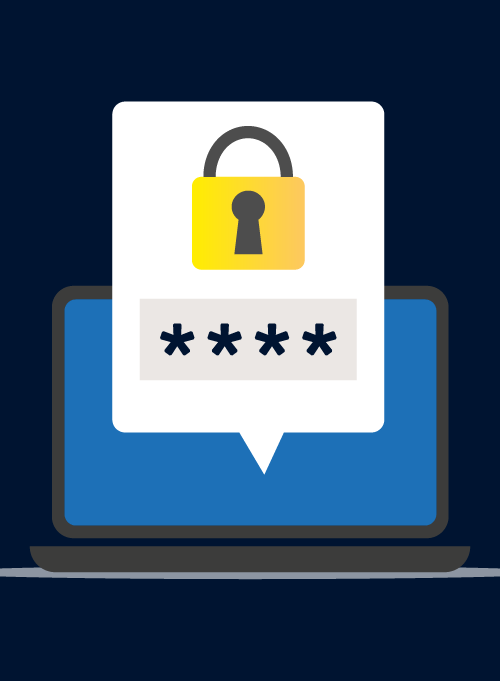What is the difference between a cold backup and a hot backup?
Hot backup, also known as dynamic backup, involves creating backups while the system or application is still running and actively serving users. This means that the data being backed up is in a live and operational state. Hot backups are typically performed using specialized backup software that can capture changes to the data in real-time.
Cold backup, also known as static backup, involves creating backups when the system or application is not running or in a quiescent state. This typically requires shutting down the system or application temporarily to ensure data consistency during the backup process.
In summary, hot backups offer real-time data protection with minimal disruption but may require additional resources and specialized software. Cold backups provide data consistency and protection against certain failures but involve system downtime and may not capture the most recent changes. The choice between hot and cold backup depends on factors such as the criticality of the data, system requirements, and the acceptable level of downtime and data currency for your organization.


